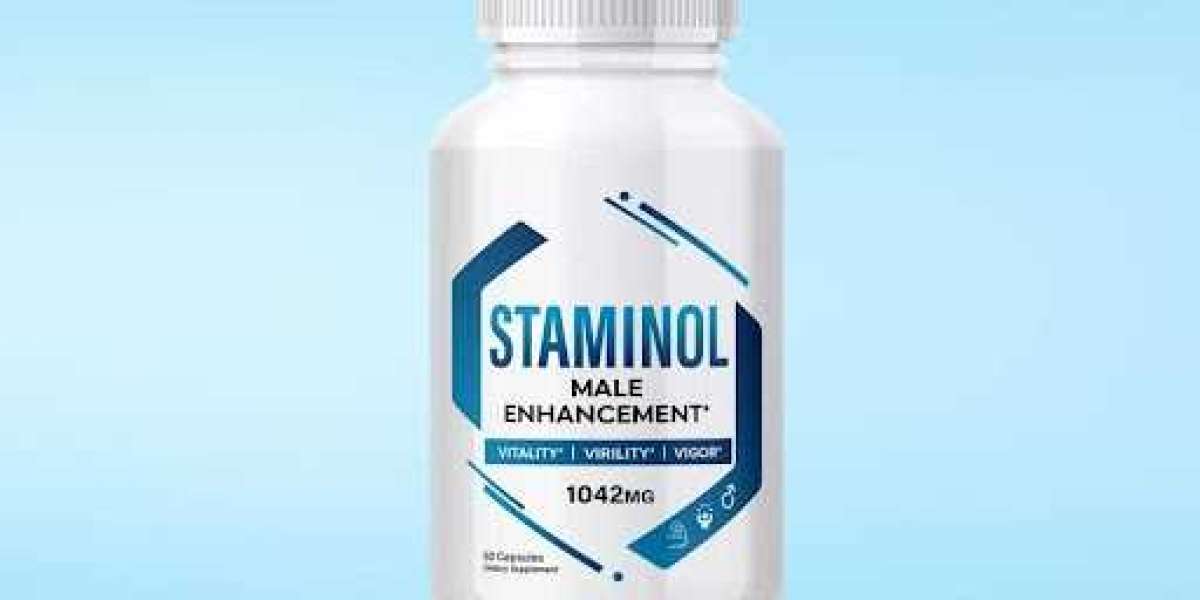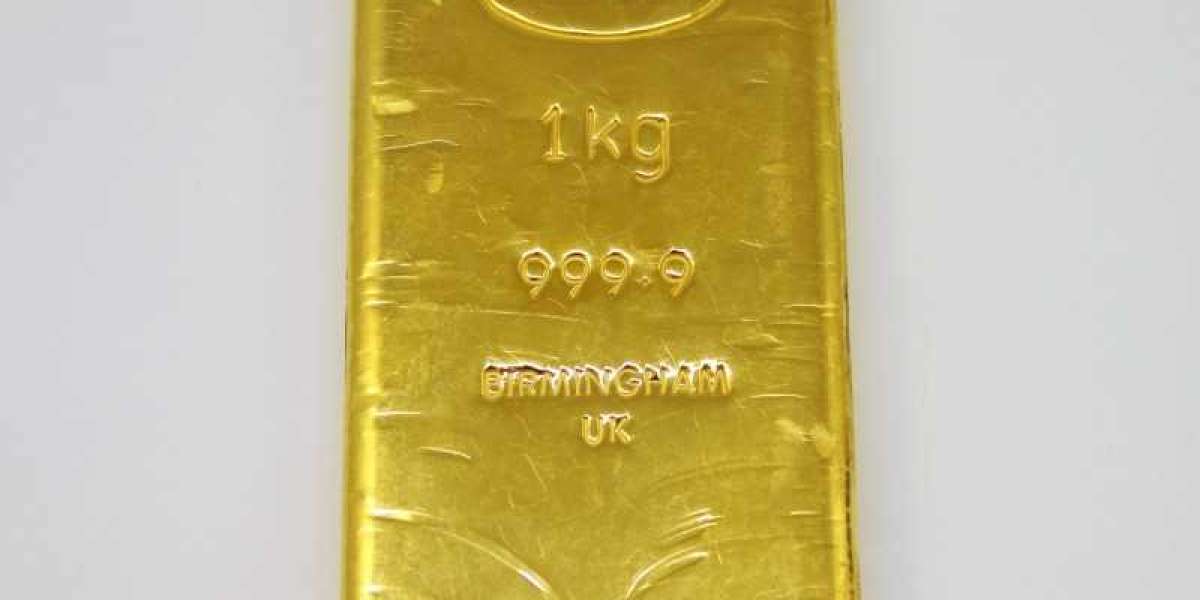Introduction: Vidalista 10 mg, a medication renowned for its effectiveness in treating erectile dysfunction (ED), operates through a sophisticated mechanism of action that addresses the underlying physiological factors contributing to this condition. This article provides a comprehensive exploration of how Vidalista 60 exerts its therapeutic effects, offering insights into its pharmacological actions and their implications for men seeking relief from ED.
Understanding the Mechanism of Action: At the core of Vidalista lies its active ingredient, Tadalafil, which belongs to a class of drugs known as phosphodiesterase type 5 (PDE5) inhibitors. The physiological process of penile erection involves the release of nitric oxide (NO) during sexual stimulation, which leads to the activation of the enzyme guanylate cyclase and subsequent production of cyclic guanosine monophosphate (cGMP) in the corpus cavernosum of the penis. cGMP serves as a signaling molecule, promoting relaxation of smooth muscle cells and dilation of blood vessels, thereby facilitating increased blood flow to the erectile tissues and the attainment of an erection.
However, the enzyme PDE5 plays a crucial role in regulating the levels of cGMP by breaking it down. In individuals with ED, the activity of PDE5 may be elevated, leading to decreased cGMP levels and impaired erectile function. This is where Vidalista comes into play: by selectively inhibiting the action of PDE5, Tadalafil prevents the degradation of cGMP, allowing its levels to accumulate and exert their vasodilatory effects more effectively. As a result, blood flow to the penis is enhanced, promoting the rigidity and sustainability of erections during sexual activity.
Temporal Dynamics: One of the distinguishing features of Vidalista is its prolonged duration of action, which sets it apart from other PDE5 inhibitors. While the onset of action typically occurs within 30 minutes to 1 hour after ingestion, the effects of Vidalista can last for up to 36 hours in some individuals. This extended window of efficacy provides men with greater flexibility and spontaneity in their sexual encounters, reducing the need for precise timing and planning.



